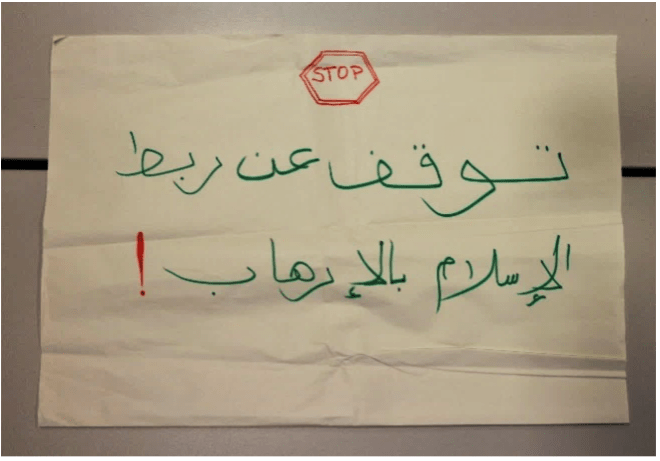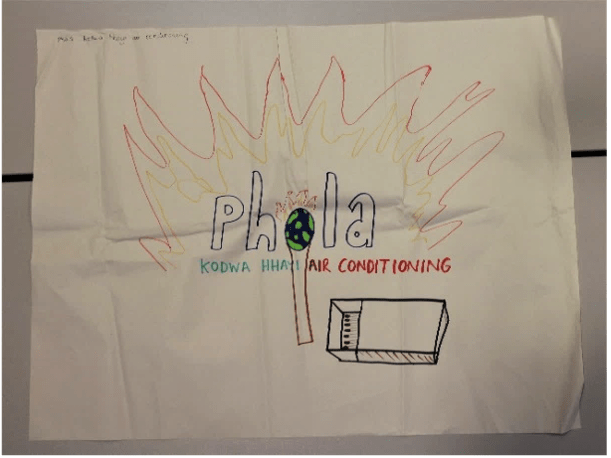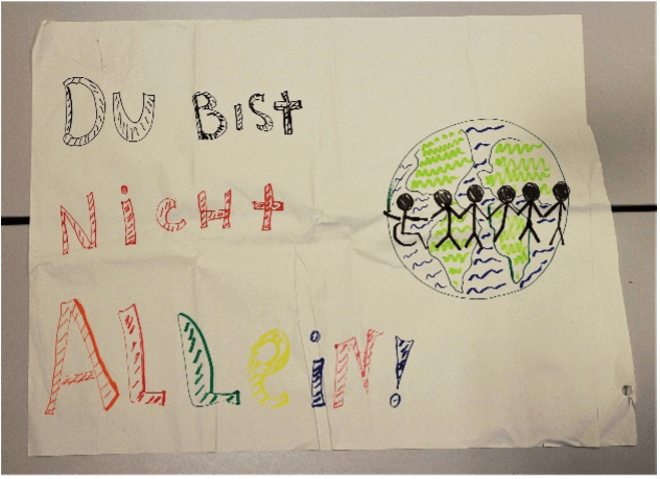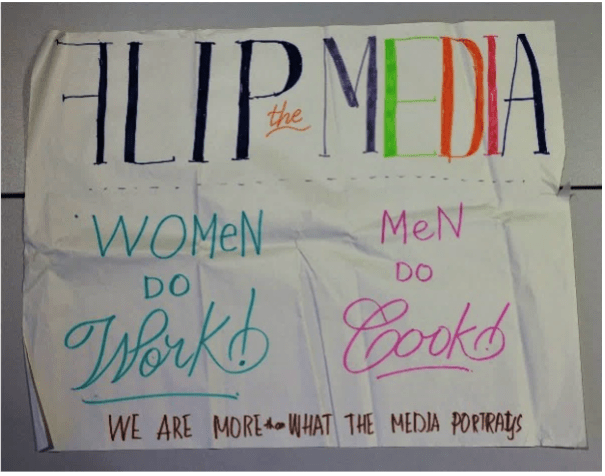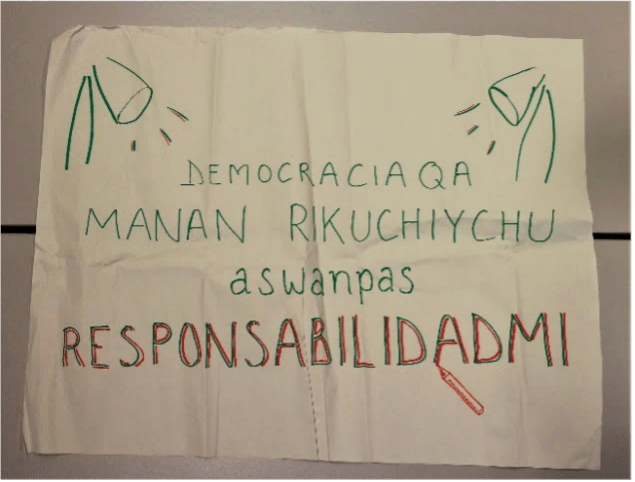3.3 Protesting in different languages
What is the role of language in raising awareness of global issues and promoting change? Should language only be about words? How can the notion of visual language be incorporated into our repertoire of spoken languages to foster global citizenship? Unit 3 of the GCMC toolkit deals with these questions by introducing an alternative way of looking at language in everyday life.
Exercise 2 entitled ‘Protesting in Different Languages’ stemmed from a conversation with colleagues in the field of applied linguistics who work on the role of political messages, particularly in the context of mass demonstrations. Placards, along with chants, music and performances, are an effective way of communicating key ideas to a large number of people. If you have taken part in a demonstration or watched the media coverage of events such as the COP27 in Glasgow in 2021, you have probably seen an array of placards and banners that often combine text and pictures to create powerful messages that are also a call for action.1
We ran the above exercise with a mixed group made of undergraduate and postgraduate education students, lecturers and teachers of different nationalities, ages, genders, ethnicities and religions. Their task was to produce placards in different languages on topics they felt strongly about.
Voices from around the world
To begin this exercise, we showed four different pictures of recent demonstrations from around the world and asked everyone to guess where these demonstrations had taken place (Iran, Brazil, Russia and Colombia), what they were about (the death of Mahsa Amini, the Amazon deforestation, the war in Ukraine and anti-abortion laws) and what language had been used in the placards (Persian, Portuguese, Russian and Spanish).
Participants correctly guessed the answers to these three questions. They were also asked to provide a translation in English of the messages displayed on the placards. This was an opportunity to reflect on how words and images can be put together to convey certain meanings. More importantly, it highlighted the role of languages in promoting global citizenship, this being one of the most important learning outcomes of the session according to the feedback given by the participants.
This first activity not only helped to engage the audience from the start, it also set the scene for the next part of the session, which began with an extract from a short documentary called ‘The Language of Protest’, produced by the Open University and Extinction Rebellion in 2020.2 In this video, linguists, sociologists and activists talk about the importance of political communication nowadays, especially the ways in which global issues are being framed in rallies and how placards and their messages circulate in social media platforms, thus having a life of their own after a demonstration has ended.
Creating your own placards
After watching this video, participants were given some simple instructions to create placards in different languages:
- Think about a global issue you feel strongly about.
- Find someone who shares the same concern as you.
- What message would you like to highlight in a demonstration about that issue?
- Think of a short and striking or memorable phrase to convey that message.
- Translate this phrase into a language you don’t speak using Google Translate.
- Create your placard with that phrase, you can add some visuals too!
In small groups, participants discussed their chosen global issue and the main message they wanted to stress in a demonstration. After agreeing on a punchy phrase and translating it into a language other than English, they began to make their actual placard on flipchart paper using different colour pens. At the end of the session, each group was invited to share their placard and explain its content (see pictures below).
Overall, this session achieved the desired learning outcomes, as expressed in the overwhelmingly positive feedback. The straightforward nature of the session coupled with its sound pedagogical basis created a space for critical thinking, dialogue and collective knowledge production, which are all essential skills for global citizenship.3
Finally, one of the beauties of this placard-making exercise is that it can be done with different groups, including school children and young people. In this case, the focus could be on local issues (something they would like to change in their community), before moving into a discussion of global problems. It is important that a healthy debate of ideas is encouraged, so different points of view can be considered. Similarly, creativity and appreciation of languages must be promoted, although they will probably surprise you with their multilingual placards!
1 Examples of powerful and creative placards about climate change: https://www.huffingtonpost.co.uk/entry/best-signs-climate-change-strikes-world_n_5d84b854e4b0849d4727a1e1
2 Full video available through this link: https://www.youtube.com/watch?v=3DXc4NmsjsA
3 See Oxfam’s guides for global citizenship education: https://www.oxfam.org.uk/education/who-we-are/global-citizenship-guides/
